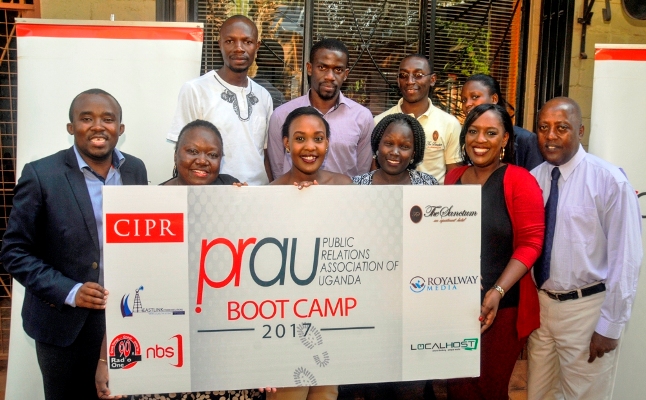Lucy Kari, a farmer in Meru County, used to find it hard to sell her maize grains to millers because of the high level of aflatoxin. This led to her incurring heavy losses.
However, this is now a thing of the past thanks to a new chemical called alfasafe, which is turning around maize farming in the region where aflatoxin could previously lay waste to as much as 80 percent of the crop.
The chemical has seen farmers replace losses with profits as they can now sell the bulk of their produce to millers and other buyers.
“For many years I could get good crop but no one would want to buy my maize because of the high levels of aflatoxin,” says Ms Kari.
However, currently she has no problem at all and in the last season, she harvested 56 bags, selling 51 and remaining with five for her subsistence use.
The use of aflasafe, the farmers say, is fetching them better returns, enabling them to earn enough to re-invest on their farms and meet their domestic needs such as paying school fees for their children.
Ruth Kinoti, chief executive officer of Shalem, a milling firm that produces flour for both porridge and ugali as well as animal feeds, says aflasafe helps in production of maize that has accepted levels of aflatoxin.
“Nowadays we can buy maize from areas where we used to reject before because of the low levels of aflatoxin,” says Ms Kinoti.
Shalem has also been instrumental in helping farmers to produce more and safe food that is fit for human consumption.
Consuming food that is contaminated with this fungi exposes children to stunted growth with some scientists arguing that it can be linked to the cancer of the liver.
Efficient use of aflasafe at the one million Galana-Kulalu irrigation scheme has made it the first region in Kenya to record very low levels of aflatoxin in Kenya, way below the set standards by the European Union.
Dr. Raphael Njogu, senior researcher at National Irrigation Authority, says Galana was the first place in sub-Saharan Africa to test application of the aflasafe at commercial levels.
“After we tested, the levels of aflatoxin in the maize dropped to four parts per billion, way below the set standard by the EU of five parts per billion,” says Dr Njogu.
The minimum required aflatoxin in the crop is 10 parts per billion, which is considered safe for consumption.
In 2015 the Kenya Agricultural and Livestock Research Organisation (Kalro) with the International Institute of Tropical Agriculture (IITA) established a plant that manufactures this chemical, which has been named Aflasafe KE01.
Kenya is the second country ion the continent to have such a plant, after Nigeria.
Aflasafe KE01, when applied to maize three weeks before flowering, reduces the aflatoxin contamination in the crop by 70 percent. The product costs Sh135 per kilo with a two kilo pack being enough to apply an acre of land.
Dr. Francis Musavi from the Ministry of Agriculture says plans are underway to ensure that farmers get access to aflasafe at an affordable cost, especially growers in the hot spot areas such as eastern region.
Dr. Musavi says that in the 2015/2016 financial year, the government bought 20 tonnes of the product to supply to farmers for free demonstration.
“We understand the menace that comes with aflatoxin and that is why we are keen in ensuring that farmers get access in order to contain this threat,” says Dr. Musavi.
Meshack Kaburu, an official in Meru County says the use of aflasafe has cut the aflatoxin menace by up to 90 percent, helping farmers to go back to farming.
“We have done a lot of training to sensitise farmers on the importance of using aflasafe to fight aflatoxin and the response has been good,” says Mr Kaburu.
The county supplied farmers with 750 tonnes of aflasafe in 2016 as a demonstration on how the product can be used to fight aflatoxin.
Credit: Business Daily





